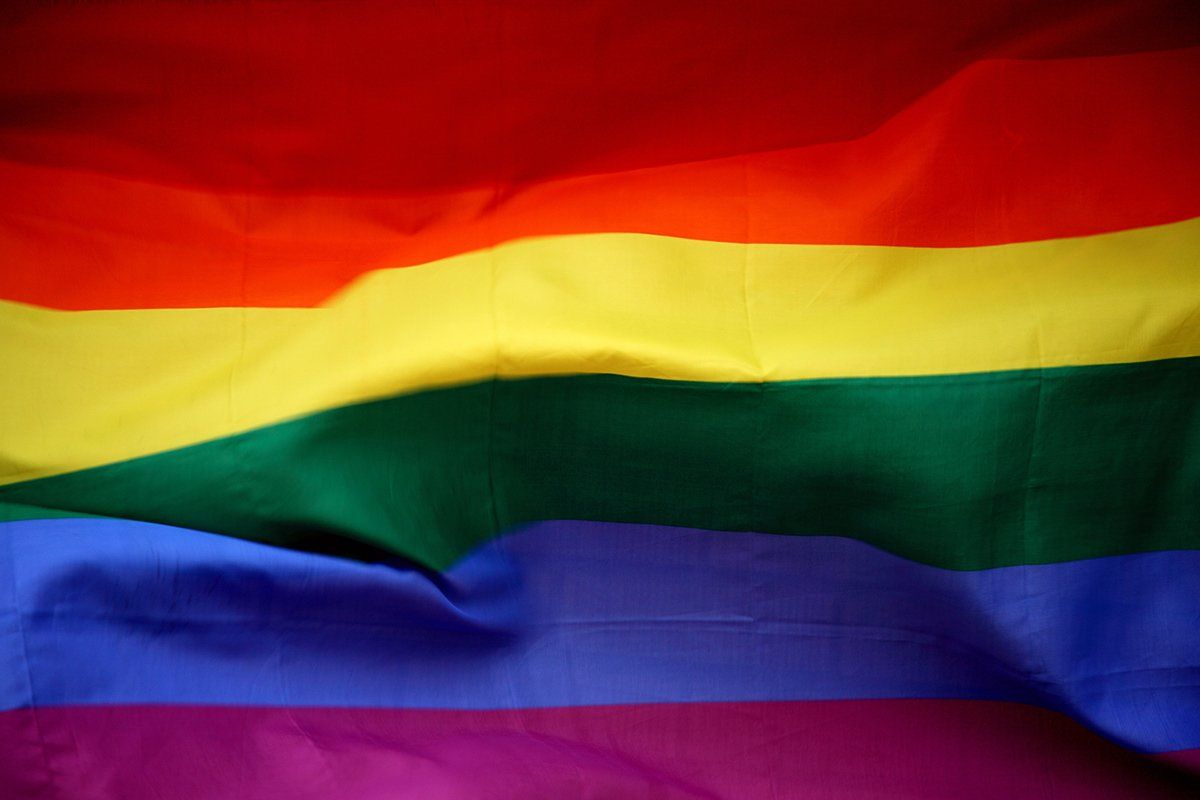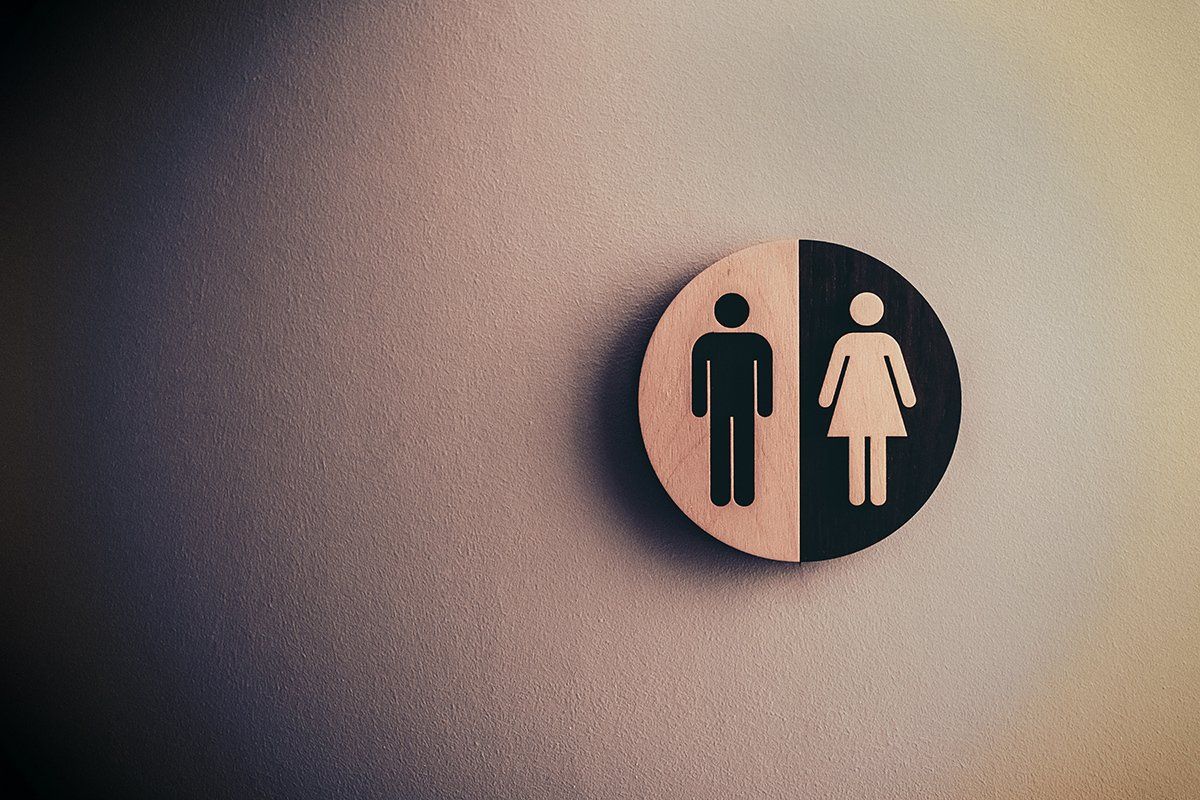Are Gender Identity and Sexual Orientation the Same Thing?

Gender Identity is Different Than Gender Assignment
When you were born, the doctors announced your sex as male or female. Hence, your gender assignment is on your birth certificate and other official documents. Yet, just like a child develops physically over time, so does gender identity (CBSnews.com).
Society's cultural norms assign toys and colors with gender. Around the age of two, children begin understanding the differences between boys and girls. For example, baby boys wear blue, while girls wear pink. Boys often play with cars, trucks, and tools, while girls play with dolls and baking sets. Likewise, boys usually play sports, while girls take dance classes (Plannedparenthood.com).
Defining your gender identity from within is a normal part of growing up. For most children, their assigned gender aligns with their internal identity (hrc.org). Yet, for some, the way they feel within doesn't match their gender assignment. As a result, conflict and issues can arise. Those who feel their gender differs from the one given at birth may later identify as transgender. Likewise, those who do not identify with either may list their gender as non-binary.
Sexual Orientation vs. Gender Identity
Sexual orientation differs from gender identity as it refers to sexual attraction. Specific sexual orientation labels include straight, lesbian, gay, or bisexual. However, there are many more than four ways to label sexual orientation. Likewise, our internal perspective defines our sexual orientation. For example, one who transitions from male to female and is only attracted to men would likely identify herself as a straight woman.
Society is evolving in the way we define a person's sexual orientation. Some feel this is a complicated process. Others would prefer to do away with labels. Finally, some would prefer to stick to basic cultural norms. As a result, some dating apps have more than thirty sexual orientation options to choose from (CBS News)
Society's Impact on Gender Identity and Sexual Orientation
So why does there seem to be so many heated discussions about one's personal life? The simple answer is because of the cultural norms of society.
Society and culture define and set roles and expectations in many areas of life. The same is true for both gender identity and sexual orientation. Gender roles define how males and females are expected to dress, speak, and behave. However, younger generations seem to be ready for change. As a result, there appears to be a push for a more inclusive society with a much broader set of norms.
At Thrive Counseling Atlanta, DeVon Mills PhD | LPC | CSAT-C understands the issues that can arise with gender identity and sexual orientation. He is here to help you along your path of discovering who you are.







